The Third Paradise is a more and more universal symbol: spokespeople for the diverse puzzle of social transformation represented by sign-symbol are not only the embassies located throughout Italy and the world, but also many youths who are interested in spreading Michelangelo Pistoletto’s social art. Palma Perniola is one of them: born in Gioia del Colle (in the province of Bari), the 30-year-old graduated in Foreign Languages from the University of Bari and earned a specialization in Social Policy at the London School of Economics and Political Science last December. Palma [known as Mirella, editor’s note], passionate about sociology and political philosophy, discovered the symbol of the Third Paradise by chance, and it was love at first sight.
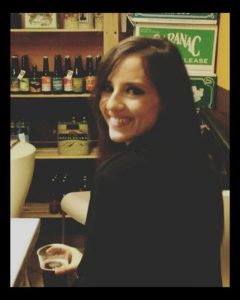
How did you discover Michelangelo Pistoletto’s sign-symbol of the Third Paradise? What struck you most?
I discovered the Third Paradise by chance, during a visit to Gallipoli’s castle in the summer of 2015. Within the castle there was a room showing a short film in which Pistoletto explained the meaning of the symbol. I immediately felt close to the values expressed by the artist and I remember that as soon as I got home I looked for the video on Youtube and shared in on Facebook.
From sociology to sustainability: two important macro contexts in the art of the artist from Biella which have caught your imagination, why?
I am passionate about sociology and for quite a while I’ve been interested in Serge Latouche’s concept of “happy degrowth” and the notion of active citizenship also (or mainly, according to Ulrich Beck) expressed through a conscious and responsible consumption. I found the Third Paradise a simple and effective symbol to convey this meanings and I liked the fact that it allowed for the possibility to combine two apparently antithetical dimensions, nature and artifice, in a desirable third phase of a sustainable evolution.
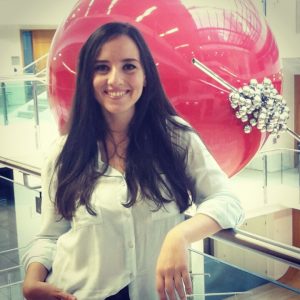
Your Facebook cover photo is a picture of The Reintegrated Apple in Piazza Duomo in Milan. Do you often communicate your passion for the Third Paradise and Pistoletto’s social art through your private and social networks?
Yes, I remember speaking about them to my mum on my return from the exhibition at Gallipoli’s castle showing her the video, as I did with my boyfriend and closest friends. Beside, last summer a couple of friends met at the London School of Economics, one from Bremen and one from Hong Kong, came to see me, and while visiting Ostuni we were considering having a symbol temporarily tattooed, and I thought about the Third Paradise. They liked it, I explained its meaning to them and we had it tattooed.
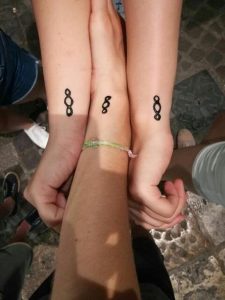
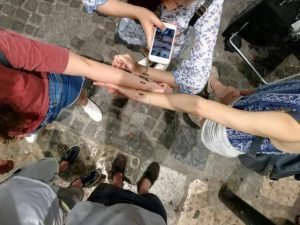
As far as communication is concerned, I like the idea of contributing to spreading the message of the artist through social media. I had a picture of the installation at Caracalla’s Bath as my Facebook cover photo, which a few days ago I replaced with one of The Reintegrated Apple. The pictures are accompanied by a link to Cittadellarte’s official site, so that anybody curious to find out more can easily access the info. The link is to the English version, since after a year studying in London I have friends from all over the world. On Instagram, I recently posted a picture of my ring representing the Third Paradise.
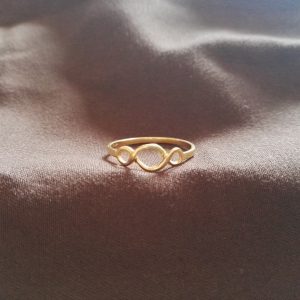
A special object you were given as a present: tells us its story and the value this ring has for you.
I spoke about the symbol to a close friend and the fact that it expressed the combination of two antithetical elements, a concept I had elaborated and adapted to two moments of personal life and to the present (which should be the result of their union). Hence the wonderful idea of my friend Alba, who had the ring with the symbol made in gold as a gift for my graduation. The jeweller, Mariangela Farella, was very skilled in preserving the irregularities of the original symbol. It is an accessory I keep dear and wear every day.
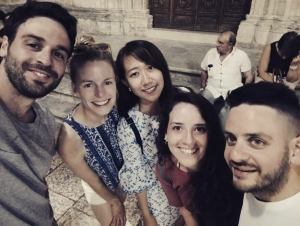
Youths and the Third Paradise: how do you think a symbol can enter the lives of many other young people like you making them discover Pistoletto’s social art?
I think that Cittadellarte is doing a marvellous job in that sense: exhibitions, installations and presence on social media. I’d say you should carry on this way and promote the knowledge of the symbol in schools and universities.

